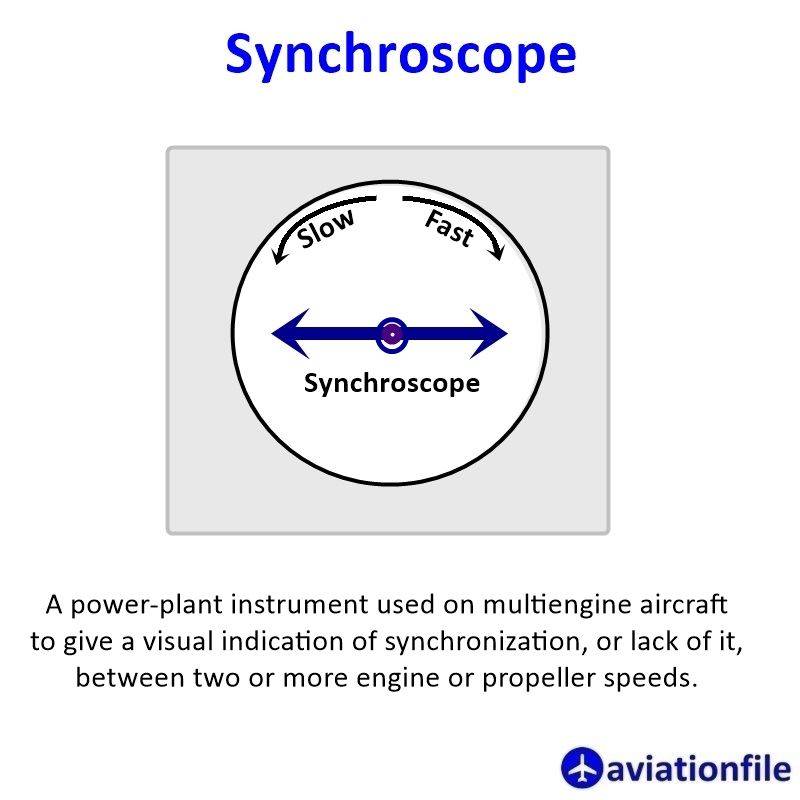What is Synchroscope?
In the world of power grids and some older aircraft, a synchroscope plays a vital role in ensuring smooth operation. But what exactly is it, and how does it work?
Ensuring Harmony: The Function of a Synchroscope
A synchroscope is a device used to synchronize two alternating current (AC) systems. This synchronization is crucial for ensuring that the systems operate at the same frequency and phase angle.
In simpler terms, a synchroscope acts like a conductor’s baton, coordinating the rhythm and timing of two AC systems.

Keeping Things in Sync: Applications of Synchroscopes
Synchroscopes have two main applications:
- Power Grids: When connecting a generator to the power grid or paralleling multiple generators, synchroscopes are used to verify that the systems are in sync. This prevents disruptions and maintains stable power flow.
The Science Behind the Synch
Synchroscopes typically use rotating coils to measure the frequency and phase difference between two AC systems. The dial on the synchroscope displays this information, guiding operators towards achieving perfect synchronization.
By understanding the role of synchroscopes, we appreciate the intricate coordination that keeps our power grids running efficiently.
References:
- Federal Aviation Administration (FAA). Airplane Flying Handbook. FAA-H-8083-3B. August 4, 2016.
- Jeppesen. Pilot Training Manual. 2023.
- King Schools. King’s Multiengine Flight Training. 2023.
- VanSickle, Donald C. Modern Airmanship. 7th Edition. McGraw-Hill Education. 2014.
- Federal Aviation Administration (FAA) Handbooks: https://www.faa.gov/regulations_policies/handbooks_manuals


